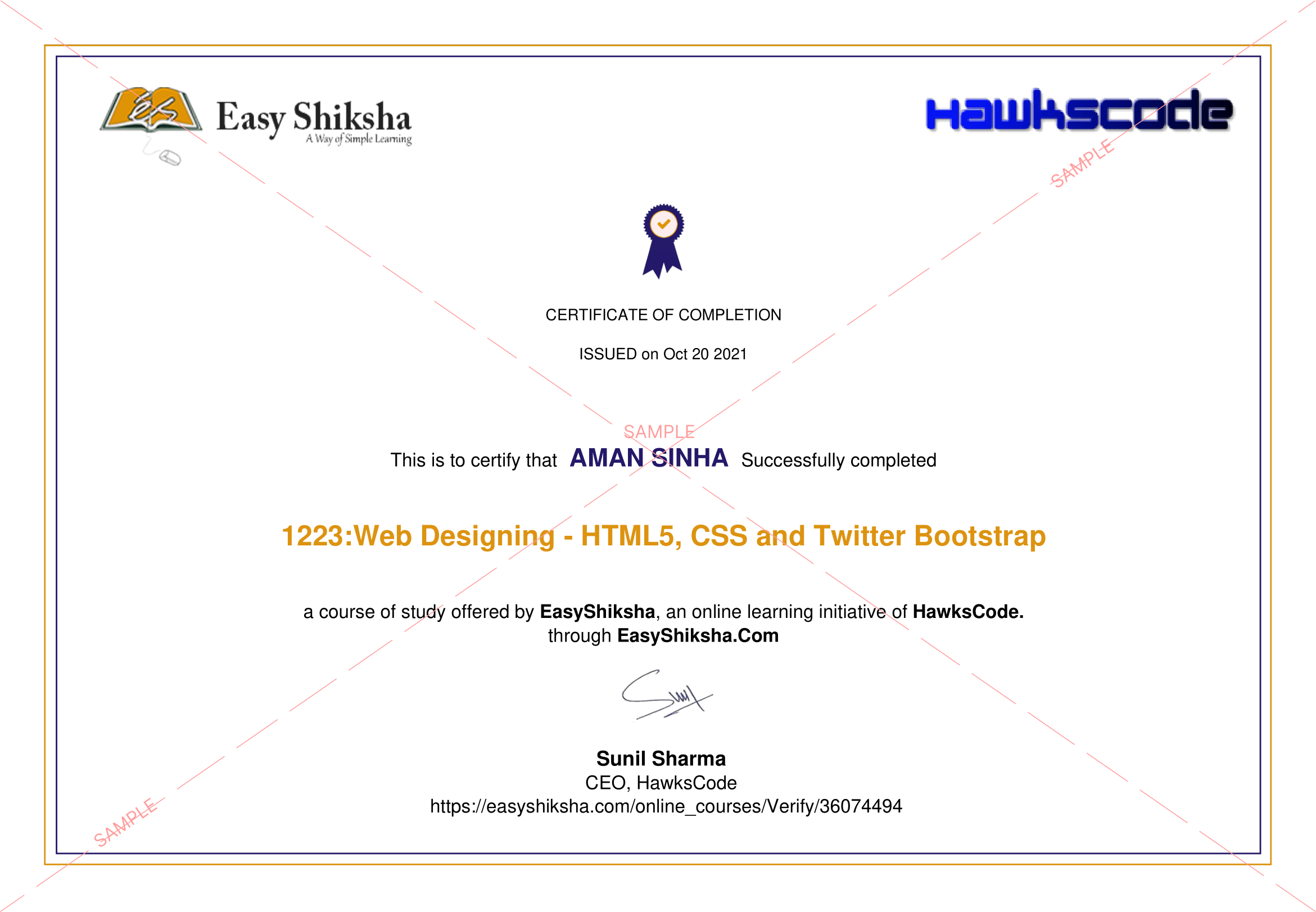
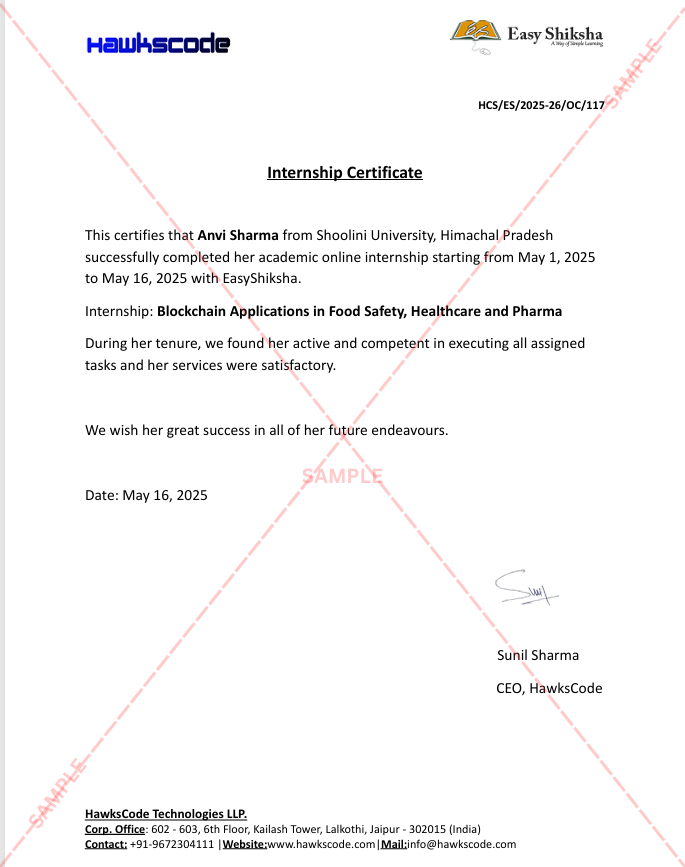
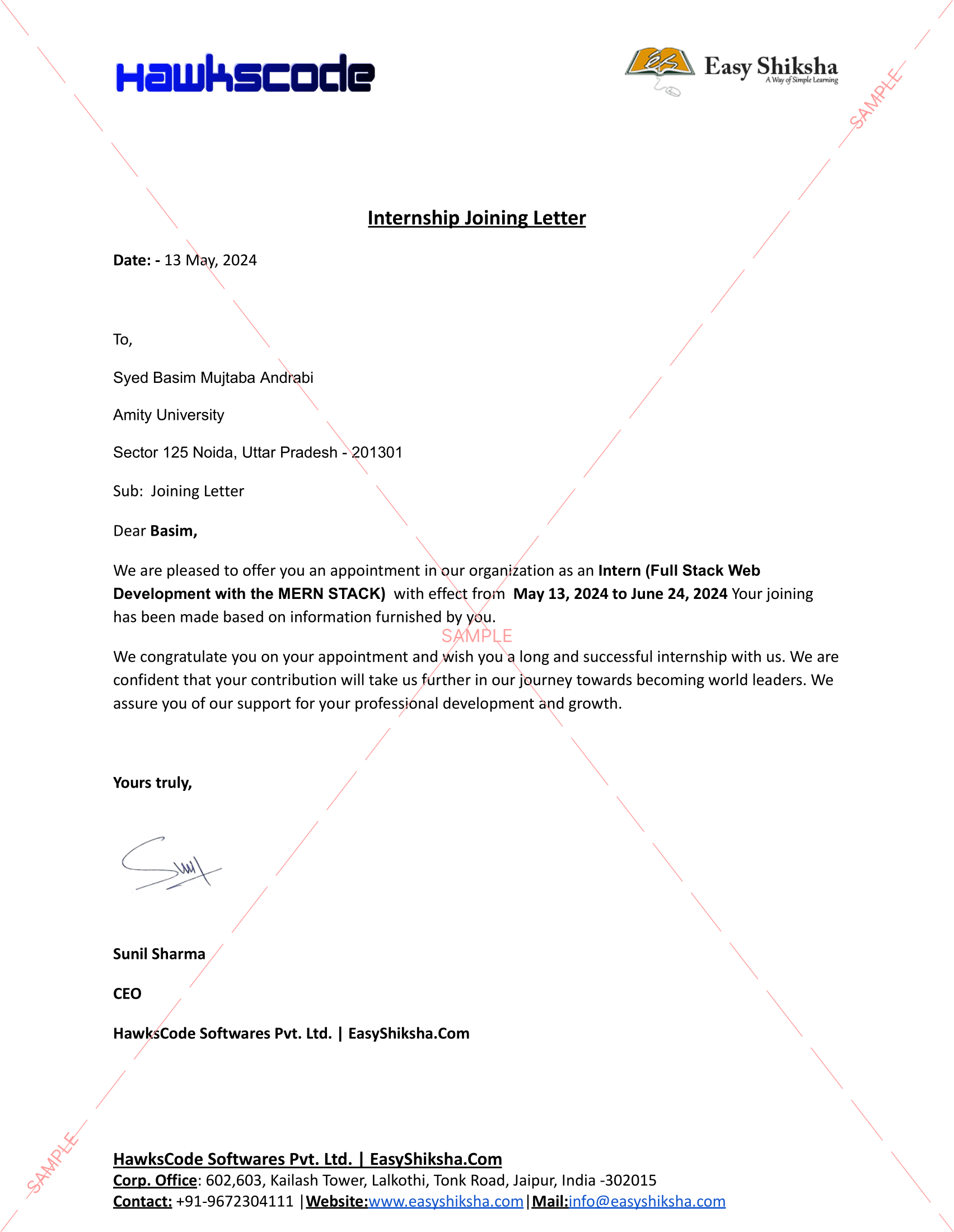

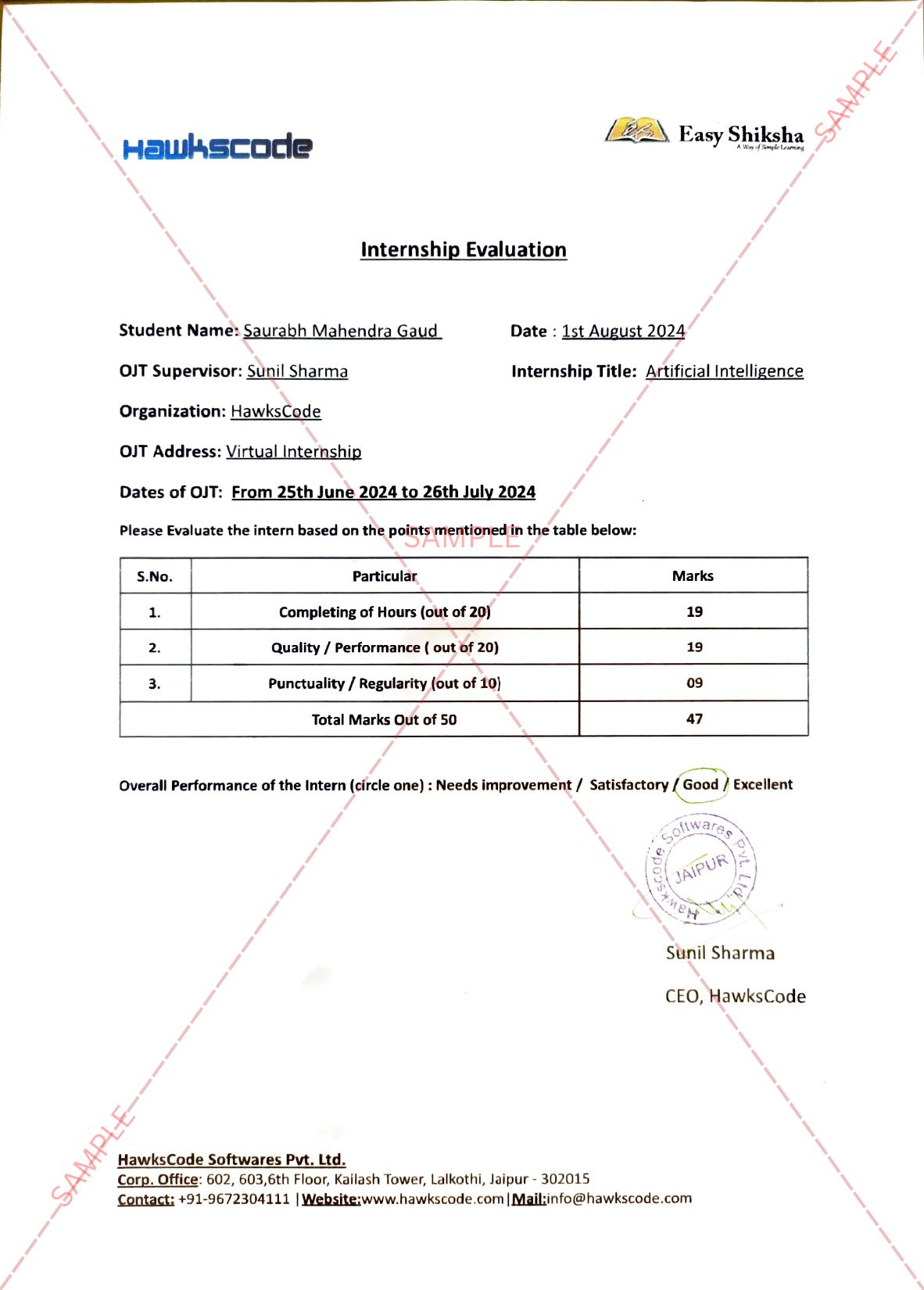

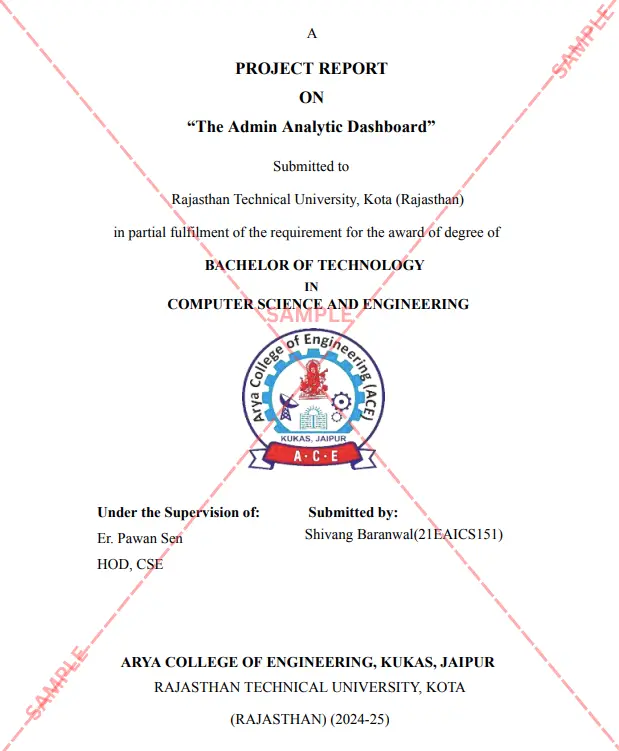
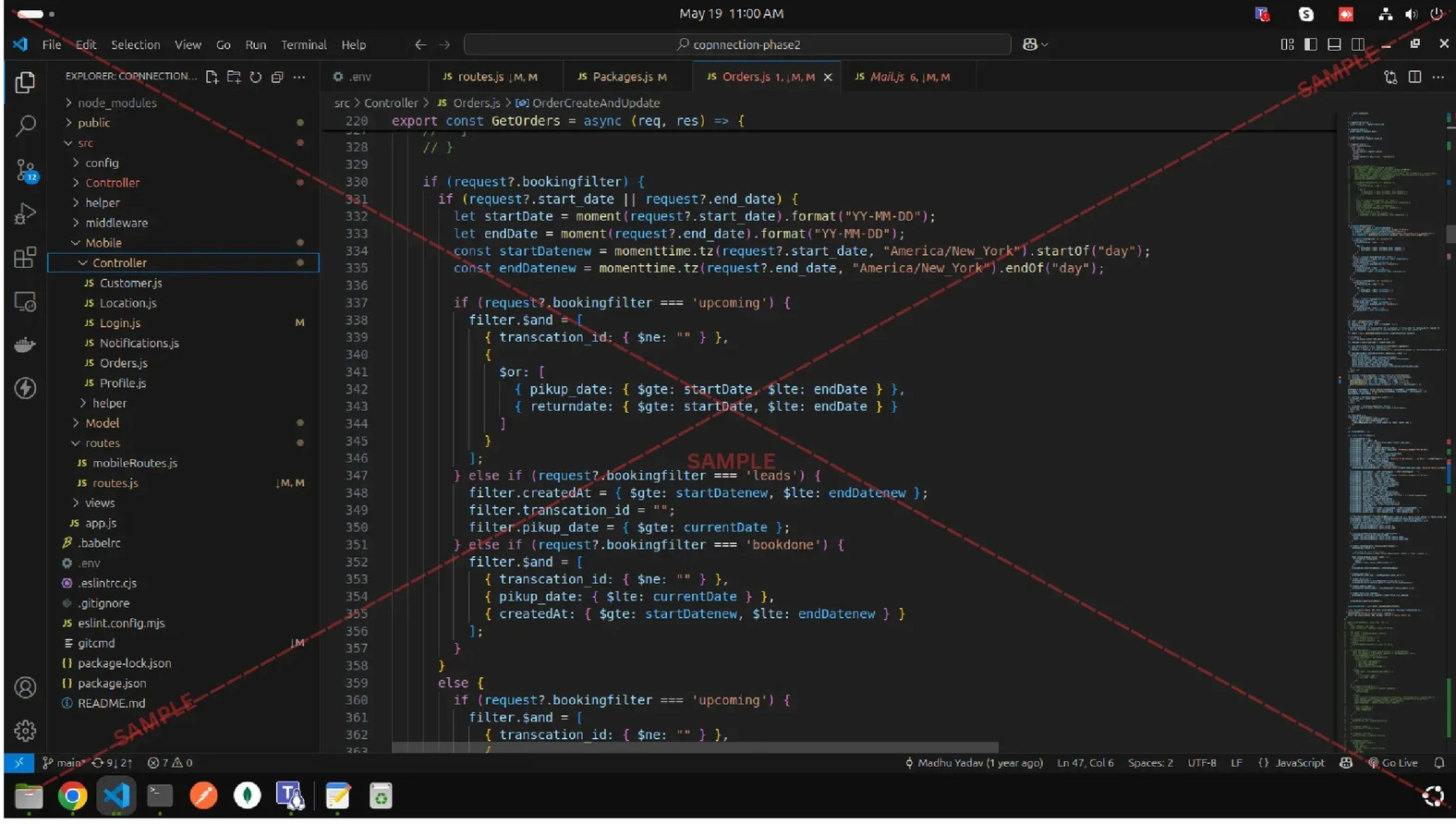
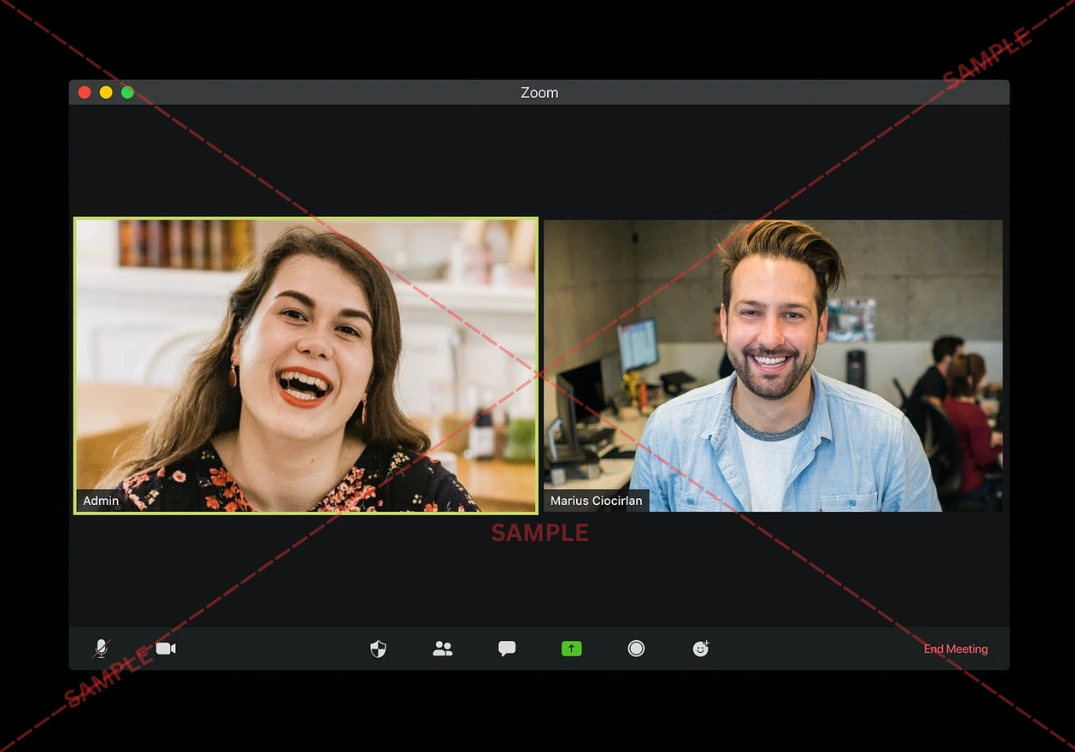


Generative AI is reshaping how developers write and ship software. For JavaScript programmers, it’s gone from curiosity to an essential tool. It can help write functions, catch bugs, and explain complex logic, all while saving serious development time. When used right, it enhances your workflow without taking over your code.
Plenty of industries are already using AI to save time and improve results. For example, the platform to boost academic performance services leverage AI tools to assist students with academic writing. Developers can follow a similar approach by using AI to enhance their thinking, rather than replace it.
Here’s how to integrate generative AI into your JavaScript workflow step-by-step, across the full lifecycle of coding: from ideation and generation to testing, debugging, and documentation.
Start with Smarter Planning
Every project starts with a problem. AI can help you define it more clearly and map out possible approaches before you even write a line of code. Prompt-based tools like ChatGPT or GitHub Copilot can generate architecture outlines, function breakdowns, and flowcharts based on your project goals.
For example, if you’re building a form validation system, you can ask AI to list typical input edge cases, recommend a structure for modular validation, or even help you compare native vs. library-based solutions. This saves time and forces early clarity.
Use AI here as a thinking partner, not a final answer. Always review generated suggestions with your use case in mind.
Accelerate Code Generation
Once you’ve defined the structure, generative AI becomes even more valuable. You can prompt it to write basic functions, boilerplate code, or repetitive logic in seconds. This is especially helpful when working with common JavaScript patterns like DOM manipulation, API requests, or component structures in frameworks like React or Vue.
Here’s a quick comparison of where AI helps vs. where human input is still crucial:
| Task | Best Suited For AI | Needs Human Oversight |
|---|---|---|
| Basic syntax and scaffolding | Fast and reliable | Minor review needed |
| Business logic | Partial generation | Must be customized |
| Security-sensitive code | Too risky to automate | Manual implementation |
| Performance optimization | Initial ideas only | Requires real-world testing |
| UI/UX design decisions | Lacks design context | Human understanding needed |
Used wisely, AI lets you skip routine typing and focus on high-level decisions. It reduces context-switching and speeds up experimentation.
Use AI for Smarter Debugging
Debugging can eat up hours of development time. Generative AI tools can reduce that by explaining errors, suggesting fixes, or even rewriting problem areas of code based on error messages or stack traces.
Let’s say your fetch request keeps returning undefined. An AI tool can walk you through possible causes, like incorrect response parsing or async timing issues. Instead of hunting through forums or running guesswork fixes, you get clear, targeted suggestions, which the best write my essay website now supports for code-heavy academic submissions.
When debugging, always test AI fixes yourself. Use them to guide your thought process, not as a final fix.

Improve Testing and Edge Case Coverage
Testing is often treated as a chore. AI makes it easier to write test cases quickly and cover more edge conditions than you might think of alone. You can prompt AI to write unit tests, simulate API failures, or outline mock data strategies based on your existing code.
This doesn’t replace a real testing strategy, but it does fill gaps and help you move faster. Ask AI to generate Jest test templates, edge case inputs, or mock API calls with different status codes. The result is a better-tested, more resilient application with less effort.
Developers who integrate AI into their testing process often catch more bugs earlier and speed up deployment cycles. That’s a win for both quality and delivery.
Document as You Build
Documentation often gets skipped or rushed. With AI, it’s easier to stay on top of it. You can feed AI your function or class, and it will generate concise, readable descriptions, comments, or README sections automatically.
This is especially useful for public APIs or team collaboration. You can even ask for examples of how to use a function or describe limitations for future developers. This reduces onboarding time and keeps your codebase more maintainable.
To keep documentation useful, review all AI output and tweak phrasing to match your project’s tone or audience. AI can write fast, but clarity still requires human care.
How to Build AI into Your Workflow
If you want to become an AI-augmented developer, you need more than just a few tools. You need a strategy for using them consistently and effectively. Start by identifying friction points in your workflow, places where you repeat tasks, lose time, or second-guess your code.
Here’s a streamlined path to integration:
This approach keeps you in control while maximizing the speed and support AI offers.
The Future of AI-Augmented JavaScript
Generative AI isn’t a trend. It’s a shift in how developers think and work. JavaScript, with its flexibility and massive ecosystem, is the ideal playground for this transformation. Whether you’re freelancing, building products, or contributing to open source, using AI well gives you a creative and competitive edge.
Developers who adopt these tools with intention won’t just code faster. They’ll think bigger, build smarter, and stay ahead of the curve as the industry evolves.
Now is the time to train with AI, refine your workflow, and become the kind of developer the future depends on.
More News Click Here

Discover thousands of colleges and courses, enhance skills with online courses and internships, explore career alternatives, and stay updated with the latest educational news..

Gain high-quality, filtered student leads, prominent homepage ads, top search ranking, and a separate website. Let us actively enhance your brand awareness.